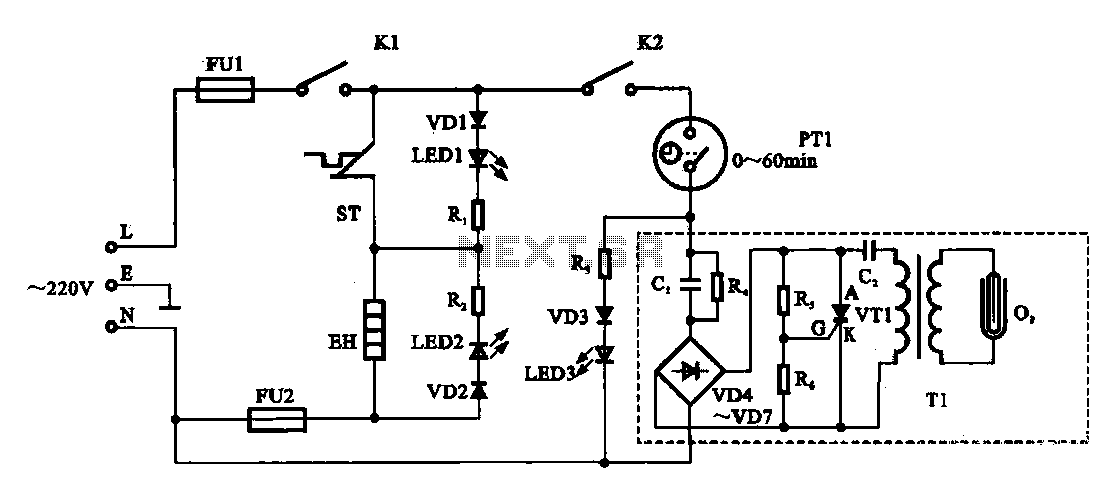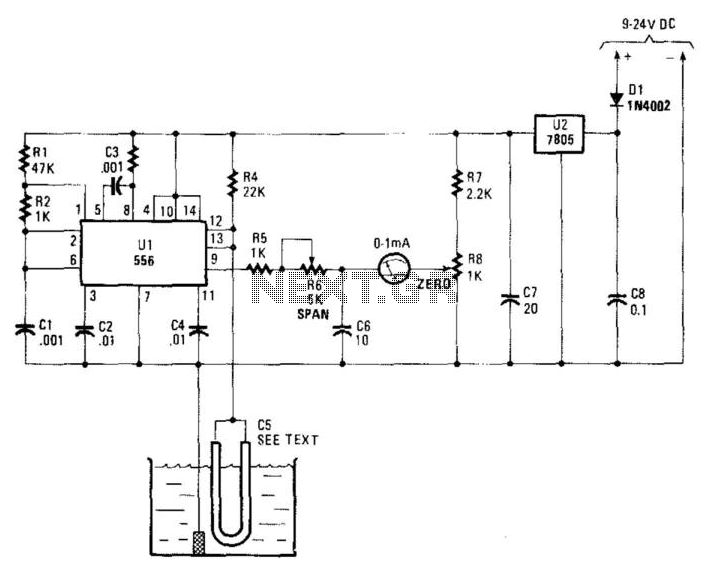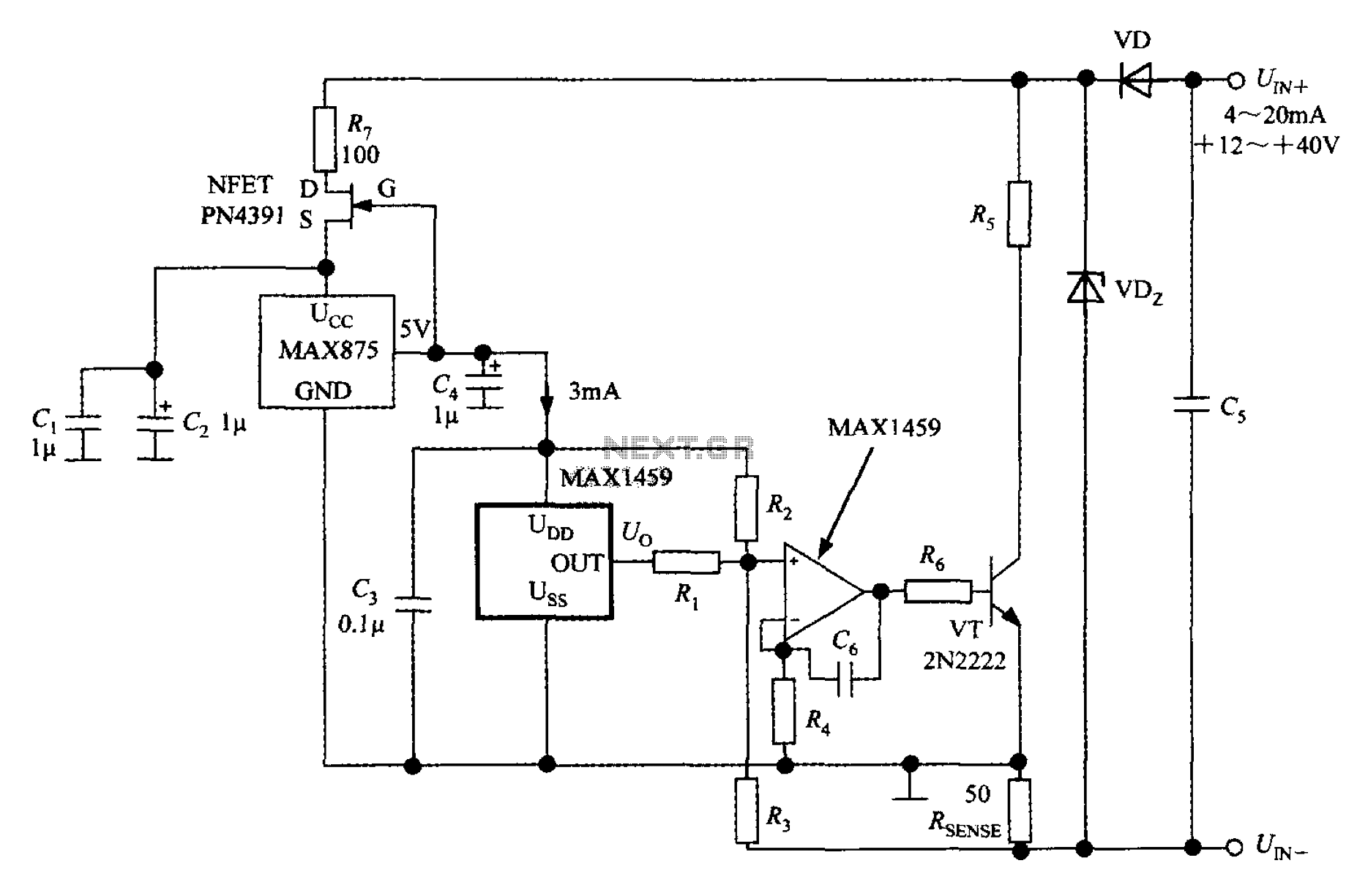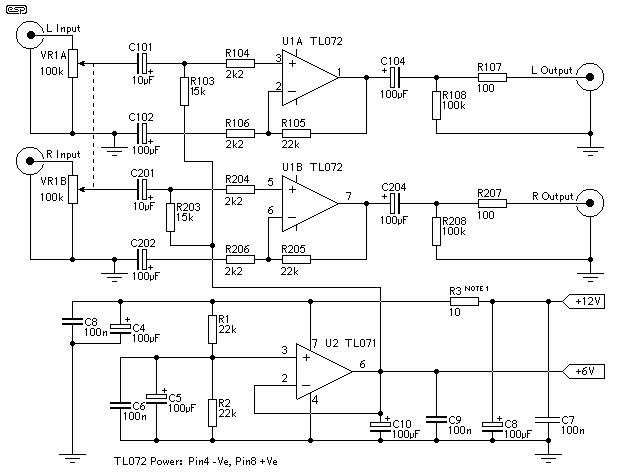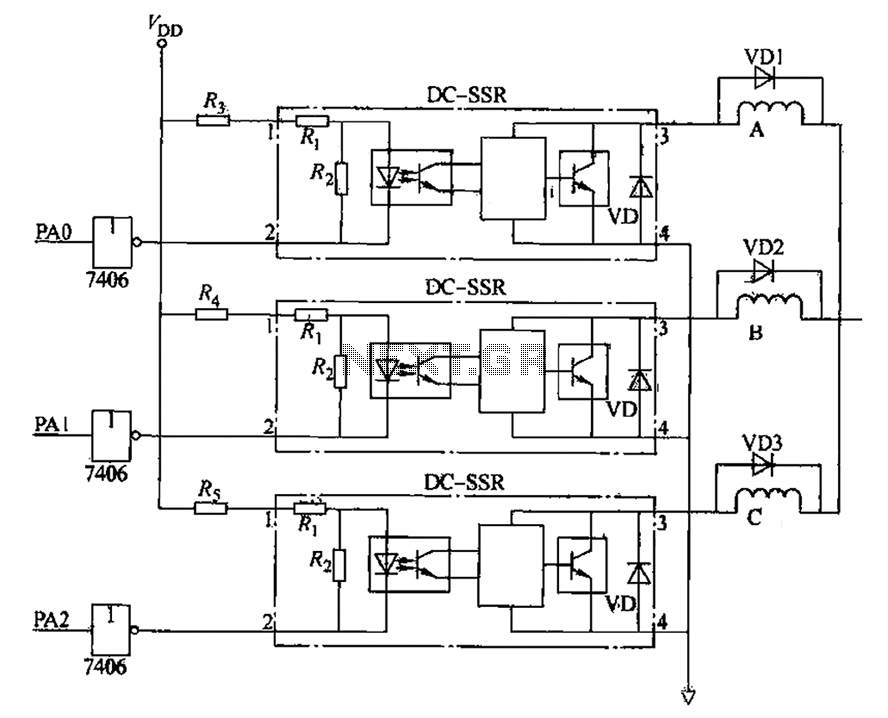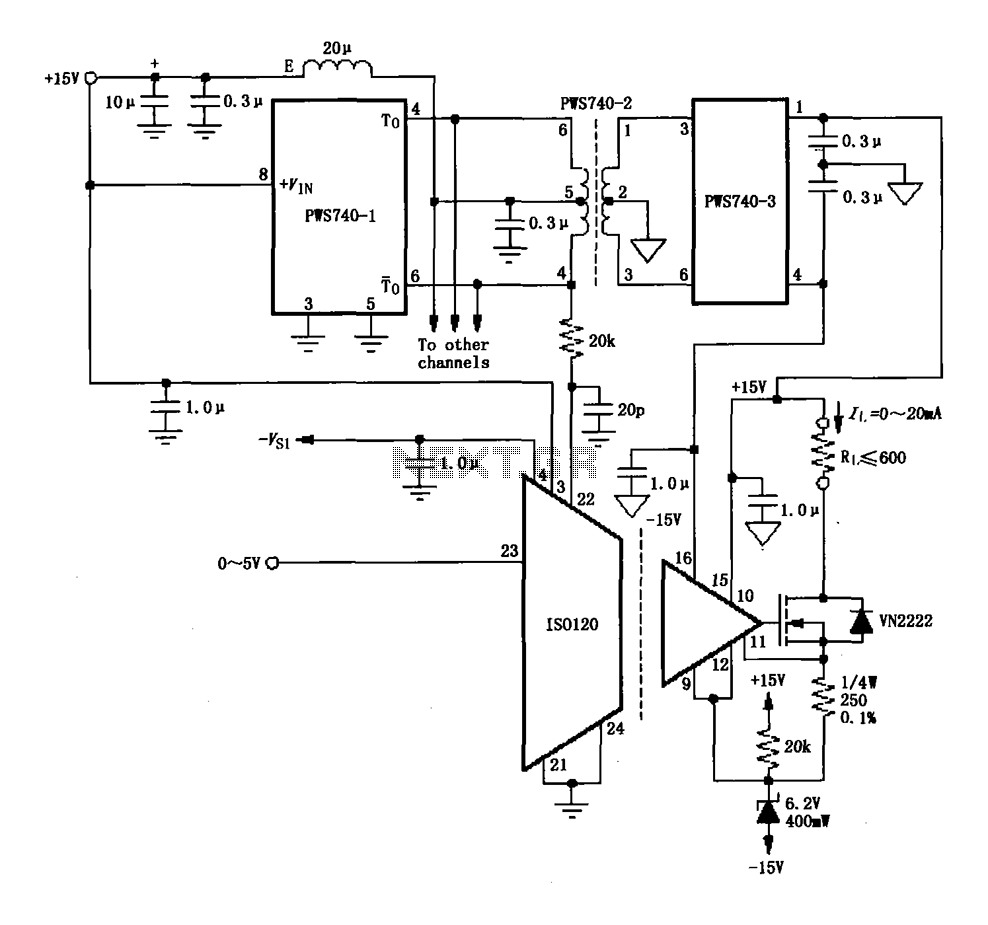
usb car charger adapter circuit design
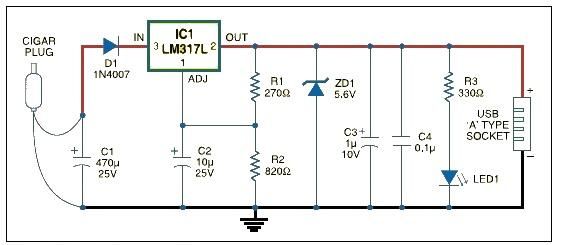
This USB car charger adapter project functions as a DC-DC power converter that effectively converts the 12V car battery voltage into a stable 5V output. It is designed to supply power from a car's cigar lighter socket to any portable device that requires 5 volts. This circuit enables the powering and recharging of various USB-powered devices using the in-dash board cigar lighter socket of the vehicle. The DC supply from the cigar lighter socket is directed to an adjustable three-pin regulator, the LM317L (IC1). Resistors R1 and R2 are utilized to regulate the output of IC1 to maintain a steady 5V, which is accessible at the A-type female USB socket. An indicator LED (LED1) displays the output status, while a zener diode (ZD1) serves as a protective component against high voltage.
The USB car charger adapter circuit is an essential device for modern automotive applications, allowing users to charge and power their electronic gadgets while on the go. The LM317L voltage regulator is pivotal in this design, as it provides adjustable voltage output, making it suitable for various devices that operate at 5V. The input voltage from the cigar lighter socket, which typically ranges from 12V to 14.4V depending on the vehicle's electrical system, is efficiently stepped down by the LM317L.
The resistors R1 and R2 are selected based on the desired output voltage and are calculated using the formula provided in the LM317L datasheet. This ensures that the output voltage remains stable at 5V, even with fluctuations in the input voltage or load. The inclusion of the red LED (LED1) not only provides a visual indication that the charger is operational but also serves as a useful diagnostic tool for users to confirm that power is being supplied to the USB device.
Furthermore, the zener diode (ZD1) is critical for safeguarding the circuit against voltage spikes that may occur due to sudden changes in the vehicle's electrical system or external factors. It clamps the voltage to a safe level, thereby protecting the LM317L and connected devices from potential damage.
Overall, this USB car charger adapter circuit exemplifies an efficient and practical solution for powering USB devices in a vehicle, combining functionality with safety features to ensure reliable operation. The design is straightforward, making it accessible for hobbyists and professionals alike to implement in various automotive projects.This USB car charger adapter project is a DC DC power converter that safely converts the 12V car battery voltage into stable 5V. This USB car charger circuit can be used to supply power from a car cigar lighter socket to a portable device that require a 5 volts.
This circuit makes it possible to power/recharge any USB power-operated device, using in-dash board cigar lighter socket of your car. The DC supply available from the cigar lighter socket is fed to an adjustable, three-pin regulator LM317L (IC1). R1 and R2 resistors regulate the output of IC1 to steady 5V, which is available at the A` type female USB socket.
Red LED1 indicates the output status and zener diode ZD1 acts as a protector against high voltage. 🔗 External reference
The USB car charger adapter circuit is an essential device for modern automotive applications, allowing users to charge and power their electronic gadgets while on the go. The LM317L voltage regulator is pivotal in this design, as it provides adjustable voltage output, making it suitable for various devices that operate at 5V. The input voltage from the cigar lighter socket, which typically ranges from 12V to 14.4V depending on the vehicle's electrical system, is efficiently stepped down by the LM317L.
The resistors R1 and R2 are selected based on the desired output voltage and are calculated using the formula provided in the LM317L datasheet. This ensures that the output voltage remains stable at 5V, even with fluctuations in the input voltage or load. The inclusion of the red LED (LED1) not only provides a visual indication that the charger is operational but also serves as a useful diagnostic tool for users to confirm that power is being supplied to the USB device.
Furthermore, the zener diode (ZD1) is critical for safeguarding the circuit against voltage spikes that may occur due to sudden changes in the vehicle's electrical system or external factors. It clamps the voltage to a safe level, thereby protecting the LM317L and connected devices from potential damage.
Overall, this USB car charger adapter circuit exemplifies an efficient and practical solution for powering USB devices in a vehicle, combining functionality with safety features to ensure reliable operation. The design is straightforward, making it accessible for hobbyists and professionals alike to implement in various automotive projects.This USB car charger adapter project is a DC DC power converter that safely converts the 12V car battery voltage into stable 5V. This USB car charger circuit can be used to supply power from a car cigar lighter socket to a portable device that require a 5 volts.
This circuit makes it possible to power/recharge any USB power-operated device, using in-dash board cigar lighter socket of your car. The DC supply available from the cigar lighter socket is fed to an adjustable, three-pin regulator LM317L (IC1). R1 and R2 resistors regulate the output of IC1 to steady 5V, which is available at the A` type female USB socket.
Red LED1 indicates the output status and zener diode ZD1 acts as a protector against high voltage. 🔗 External reference
